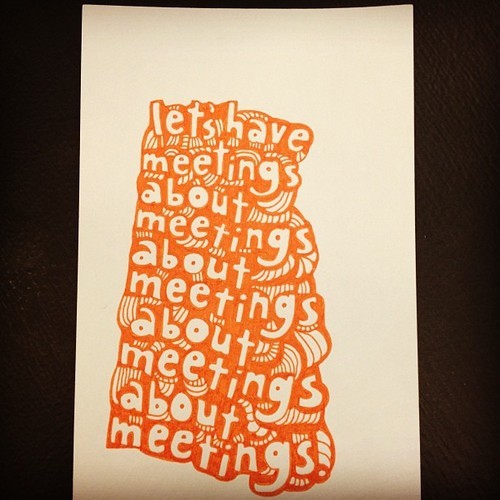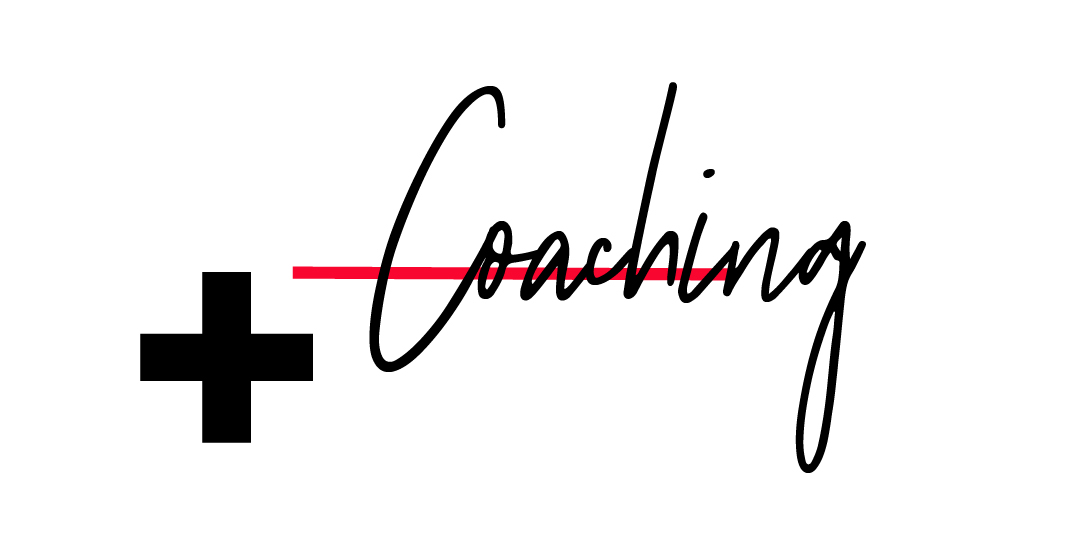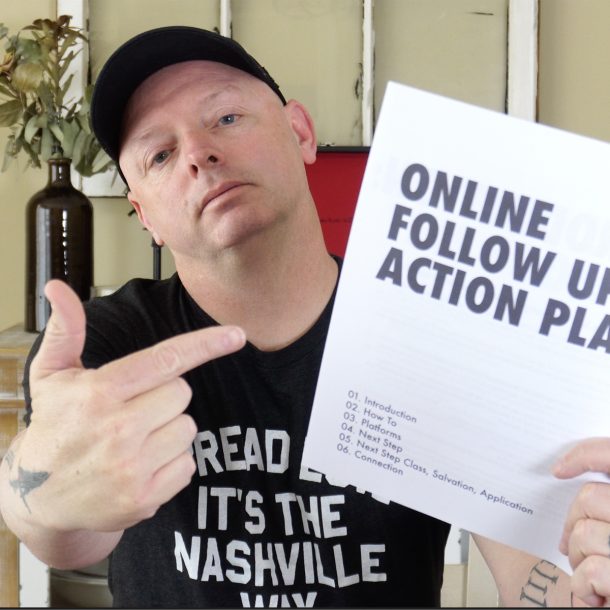We all have walked in the room for the brainstorming meeting. We know there is an expectation to be our creative best and deliver amazing ideas…because we are the “creative person”. We feel the insecurity of actually sharing those ideas…what if they get rejected? What if people think that these ideas are cheesy? What if I am a fraud? Worse, what if my ideas are ignored?
Everyone has his or her own pallet to pull from. Different experiences, different backgrounds, different data that has entered their system over the years. We constantly live with what we have done, what we are doing, and what we dream of doing someday. There is a constant assimilation of experiences that make up our creative toolbox. Everyone has one; some people just use it more often than others.
And with that tension, the tension of our DNA being attached to each of one of our ides, the meeting starts…
As leaders we have a responsibility to help others become comfortable enough inside the boundaries of our meetings to share. Without creating this security we will never get to the raw and real ideas that can move our art and church forward creatively. But how do we create this type of atmosphere?
- Set the tone – Be intentional with the environment where people are going to create. Don’t expect people to be their creative best in a room with neon lights and a card table. Music, smell, vibe, toys…make the room fun enough for creativity to thrive!
- Set the expectation – Expectations are huge but setting them sets everyone up to win. Clarify what we are after and what we are trying to accomplish. Let everyone know that of all the ideas that are shared today only so many can be used. That does not mean that an idea is bad, it just means it might not be functional for this series, project, or campaign. Take ownership of this fact by setting the expectation at the beginning of the meeting. Alert those in attendance that every idea is being captured and cataloged and that the reality is that not all of our ideas that we will talk about in this meeting will be used on this series. However, there is the potential that we may be able to use them on other projects and we are thankful for them being shared. Finally, clarify the fact that the best idea FOR THIS SERIES OR CAMPAIGN is the one that will win and has nothing to do with where it originates.
- Affirm ideas – With each idea that is shared find a way to affirm that idea. “Yes, and” is a great plan to convert even the most abstract ideas into function. When people feel affirmed in their ideas they become increasingly more likely to share the next idea.
- Recognize ideas – Often times the timid dreamers in the room get overshadowed by the boisterous dreamers. This does not mean that their ideas are less valuable it just means their amplifier may not be as loud. Recognize and make sure that every idea is documented. It is a simple exercise that permissions people to keep sharing.
- Expound on ideas – As you feel out the room at times you will feel the tension of those who could end feeling dismissed or disenfranchised. Lean into these instincts and when ideas are shared make them part of the conversation. Expounding on ideas often makes that one idea replicate into several ideas and give confidence that the next idea should be shared.
- Confront the issue – As hard as we try, there will be people who end up upset from time to time. “You didn’t use my idea” is code for “I think my ideas are better than everything else we talked about”. The truth is, to often there is no context for the rest of the variables around these series and projects. The ego of an artist at times passes the logic of the artist. When this happens hard conversations are necessary. Honesty is the great equalizer. Being honest will expose the truth that can then set us all up to win the next time around.
As leaders of these meetings we have to be farmers and cultivators of ideas, we must direct the room…and the emotions in the room. Like a symphony director learns to navigate her orchestra it is our responsibility to navigate the egos, pulse, energy and emotions of those attending our creative meeting. Pull the best ideas, direct the conversation the right direction, and permission people to share the ideas God has given them. Creating a safe place for dreamers to dream is a huge part of this process. The truth is that there is a very select group of people who are ever going to be upset about their ideas not being used. More likely people won’t share their greatest ideas because they are scared. It is our job to allow them to feel safe enough to start sharing. The anger of an idea not being used is driven by agenda and pride but the fear that keeps us from sharing our best ideas is a trap to keep us from being our creative best. Permission Creativity.





Excellent! Sometimes I feel like I am destined to die a death by a thousand meetings.